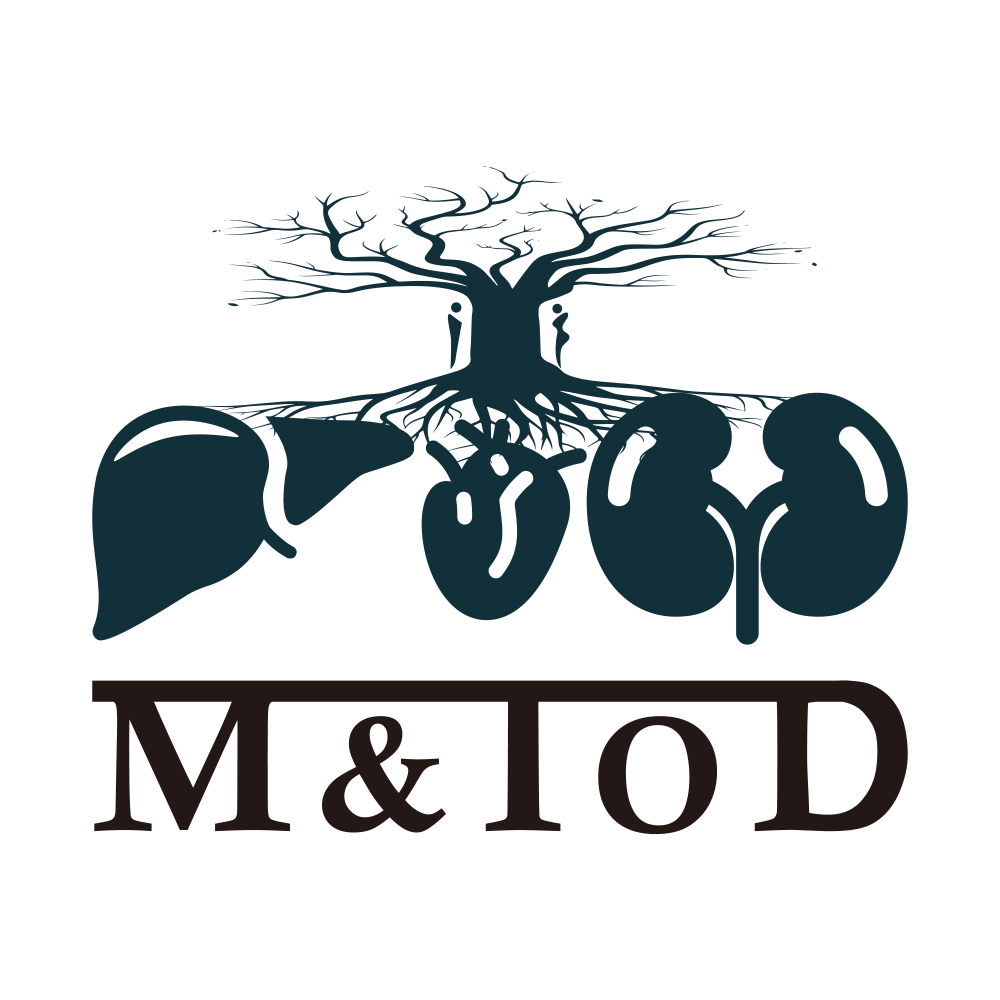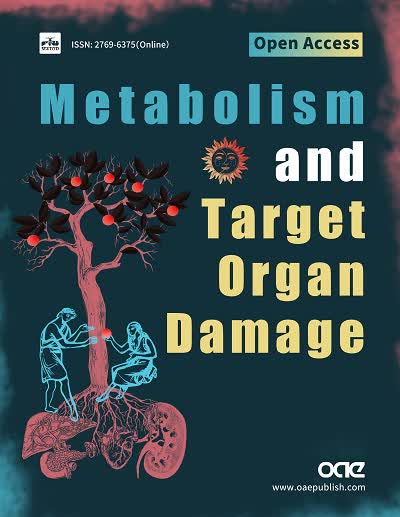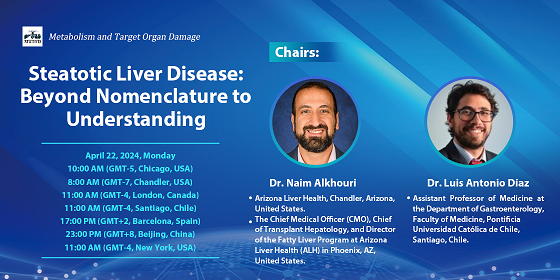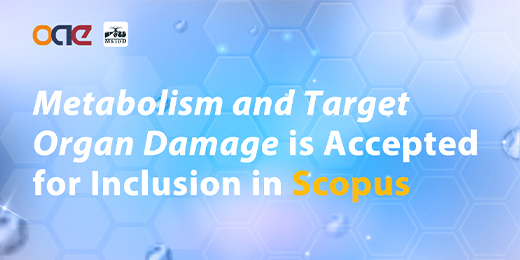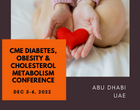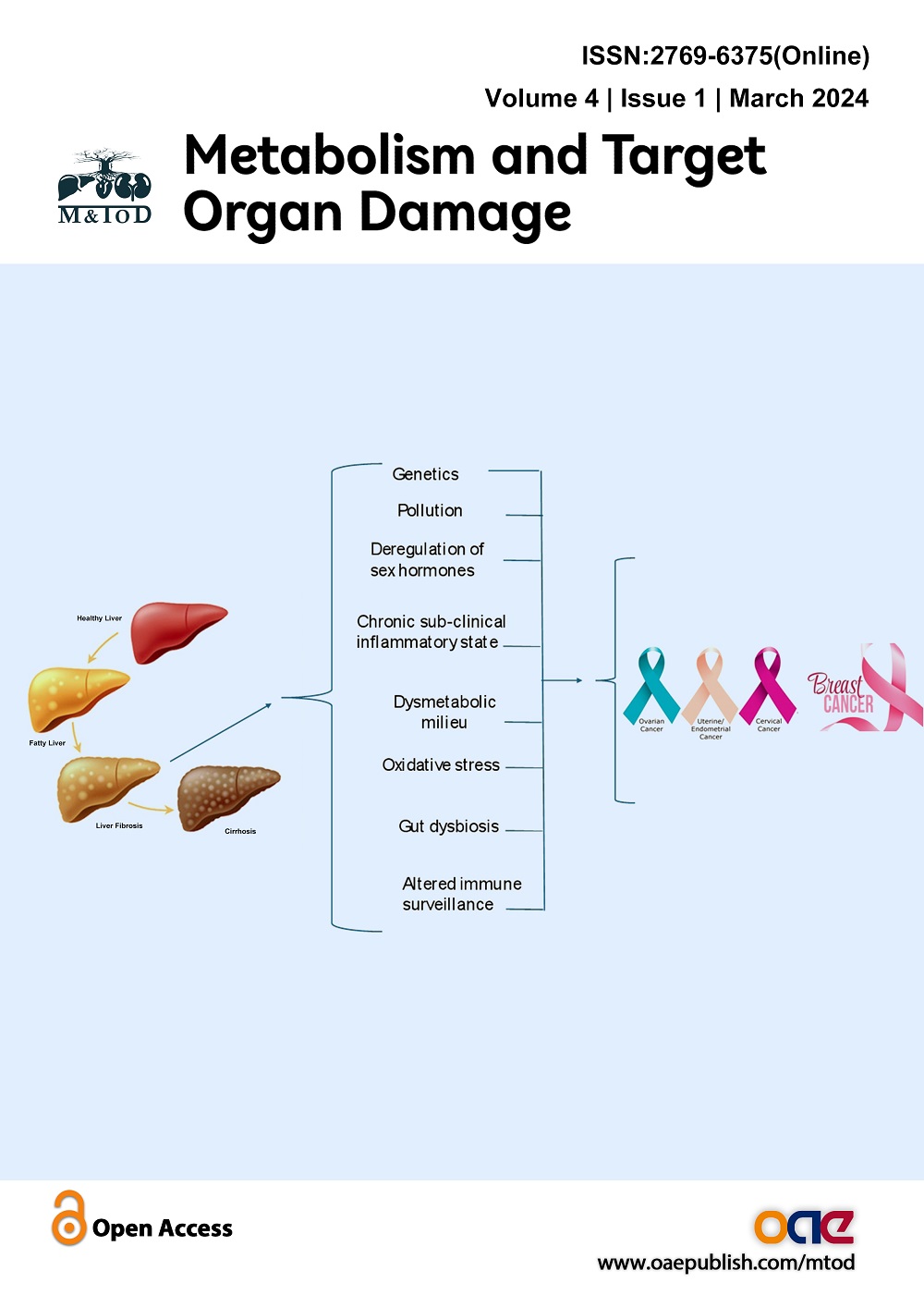Metabolism and Target Organ Damage
Views: Downloads:
Views: Downloads:
Views: Downloads:
Views: Downloads:
Views: Downloads:
Views: Downloads:
Views: Downloads:
Views: Downloads:

Data
288
Authors
208
Reviewers
2021
Published Since
76,088
Article Views
38,792
Article Downloads
For Reviewers
For Readers
Add your e-mail address to receive forthcoming Issues of this journal:
Themed Collections

Data
288
Authors
208
Reviewers
2021
Published Since
76,088
Article Views
38,792
Article Downloads
